Celebrating African American Trailblazers during Black History Month
- Feb 23, 2024
Each February our country celebrates Black History Month, honoring the African American men and women who have shaped our history. African Americans have long contributed to nature and conservation efforts in the United States, a history that is often overlooked. To pay tribute to their legacies, we have highlighted six key African Americans who played a vital role in parks and nature from the past to the present.
George Washington Carver (circa 1864 – Jan. 5, 1943)
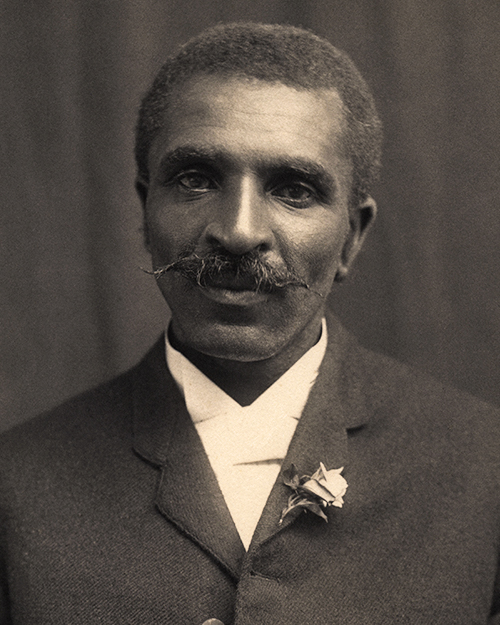
While George Washington Carver was most famously known for his ingenious inventions using the peanut (over 300 in total), he was also known as a brilliant botanist and a pioneer in combating soil depletion. During his time, cotton production in the South suffered due to overproduction, which left the soil harsh and stripped of nutrients. Carver suggested a crop rotation including peanuts and sweet potatoes, both of which are excellent at restoring nitrogen into the soil. His plan assisted struggling sharecroppers (many of which were former slaves like himself) with their crop yields. After his death in 1943, President Roosevelt created the George Washington Carver National Monument in Joplin, Missouri. It was the first national monument dedicated to an African American and to a non-president.
Lisa P. Jackson (February 8, 1962)
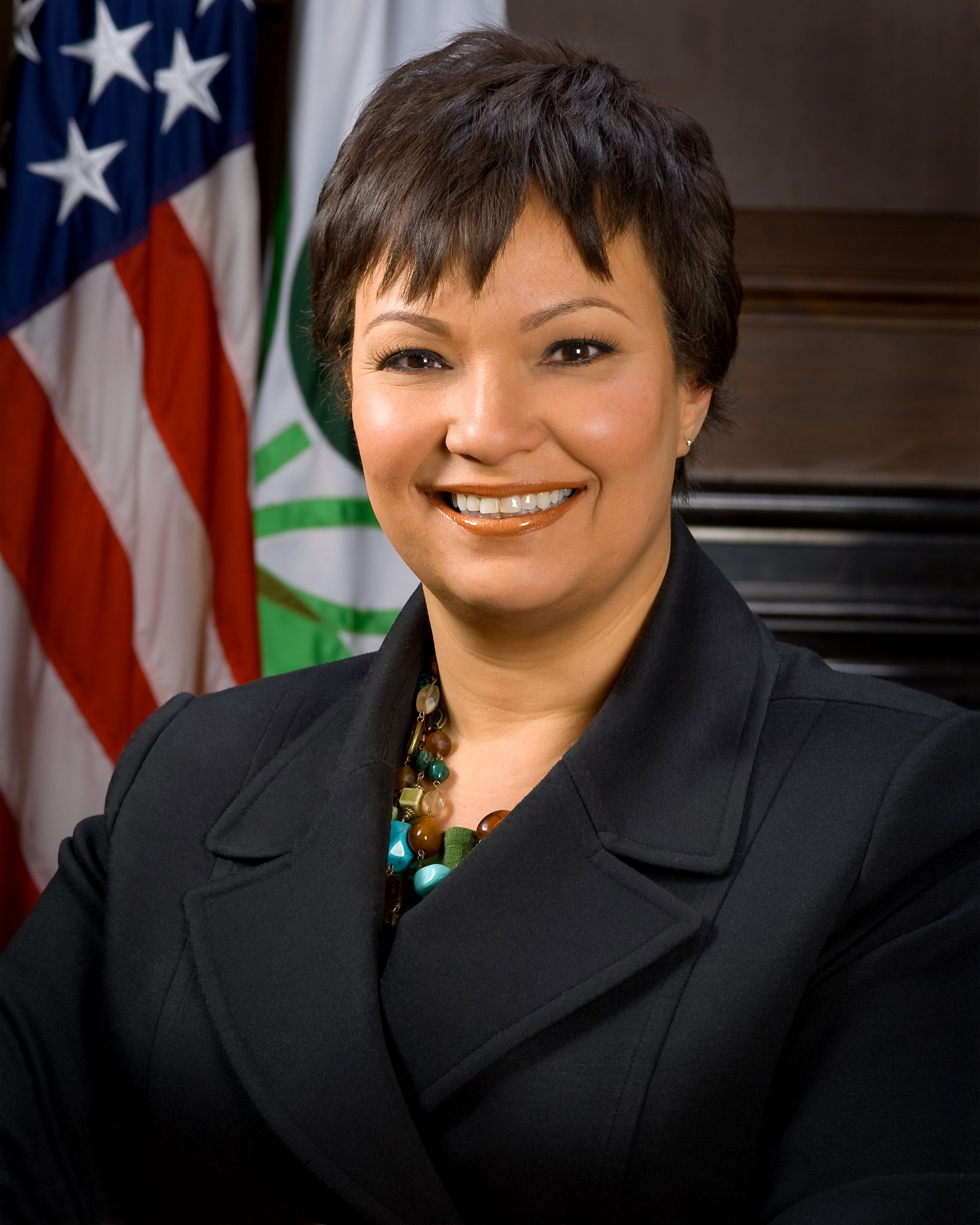
Lisa Perez Jackson became the first African American to be appointed to the position of Administrator of the Environmental Protection Agency (EPA) in 2008. After becoming interested in environmental matters following national coverage of the Love Canal disaster in the 1980’s, Jackson joined the EPA as a staff level engineer in 1987. During her tenure as Administrator (2009-2013), she developed and oversaw numerous waste cleanup projects, including the Deepwater Horizon oil spill in 2010. In 2013, she accepted a position as Vice President of Environment, Policy and Social Initiatives of Apple, Inc., a position she still holds today.
Charles Young (March 12, 1864 – January 8, 1922)
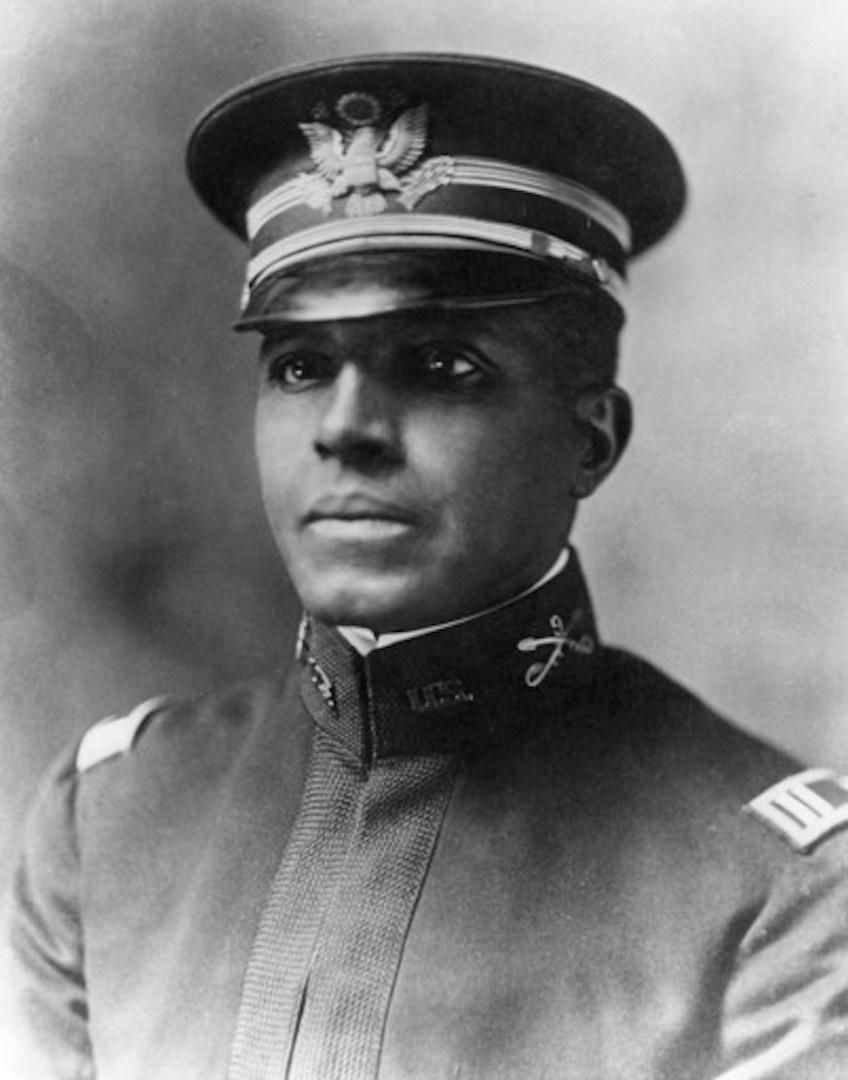
Charles Young was the first black U.S. National Park Superintendent. Born into slavery in 1864, his father escaped shortly after to join the Union Army in the Civil War. After the war, his family relocated to Ripley, Ohio, where Charles flourished in academics at an integrated high school. The 3rd African American to graduate from the United States Military Academy at West Point, Young was appointed acting superintendent of Sequoia & General Grant national parks in 1903, which were managed by the military then. Young implemented sweeping road improvements to the parks, accomplishing more in one summer than the three previous officers had completed in three years. By mid-August, visitors could use their wagons to reach the Giant Forest section of Sequoia National Park for the first time.
Donald Spencer (March 5, 1915 – May 4, 2010)

A key figure in Cincinnati’s history, Donald Spencer wore many hats in his professional career. He was a public school teacher, member of the NAACP, a prominent real estate broker (becoming the first African American to serve as President of the Cincinnati Board of Realtor), as well as the first black President of the Board at Ohio University. He dedicated his time equally towards nature, becoming a founding member of Friends of Cincinnati Parks. A well known advocate of free and equal access to the city’s natural treasures, he once stated: “My philosophy in life has been when you leave this world it should be better because you have lived.” Donald (along with his late wife, Marian) were honored with the Phyllis W. Smale Award by the Cincinnati Parks Foundation on May 21, 2020. A statue of Marian Spencer, Donald Spencer's wife, now permanently stands in the Women’s Committee Garden at Smale Riverfront Park. This is the first, and only, woman-named statue in a Cincinnati Park.
Hattie Carthan (September 1900 – April 22, 1984)
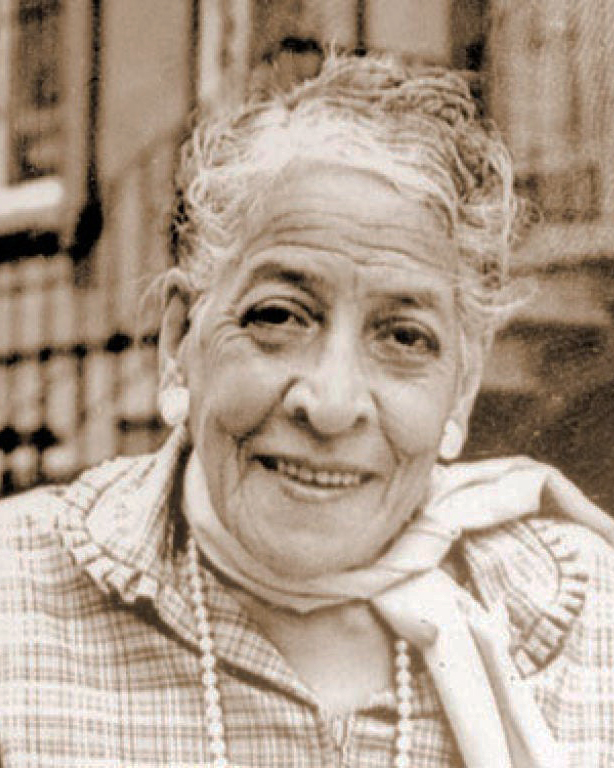
Hattie Carthan entered the field of environmentalism later in life. Originally from Portsmouth, Virginia, she was living in the Bedford-Stuyvesant section of Brooklyn when she noticed that her once tree-rich neighborhood was losing foliage at an unusual rate. By 1964, only three trees remained on her block. She took matters into her own hands, forming the T & T Vernon Avenue Block Association, which raised funds to replace the lost trees by throwing block parties. The City of New York supported her efforts and offered to provide additional trees as part of a tree matching program. Through a grant awarded in 1971, she went on to found the Neighborhood Tree Corps, which oversaw over 100 block associations and planted over 1,500 trees. After her passing in 1984, a vacant lot in the community was converted into a community garden now bearing her name: The Hattie Carthan Community Garden Farm.
Shelton Johnson (born 1958)
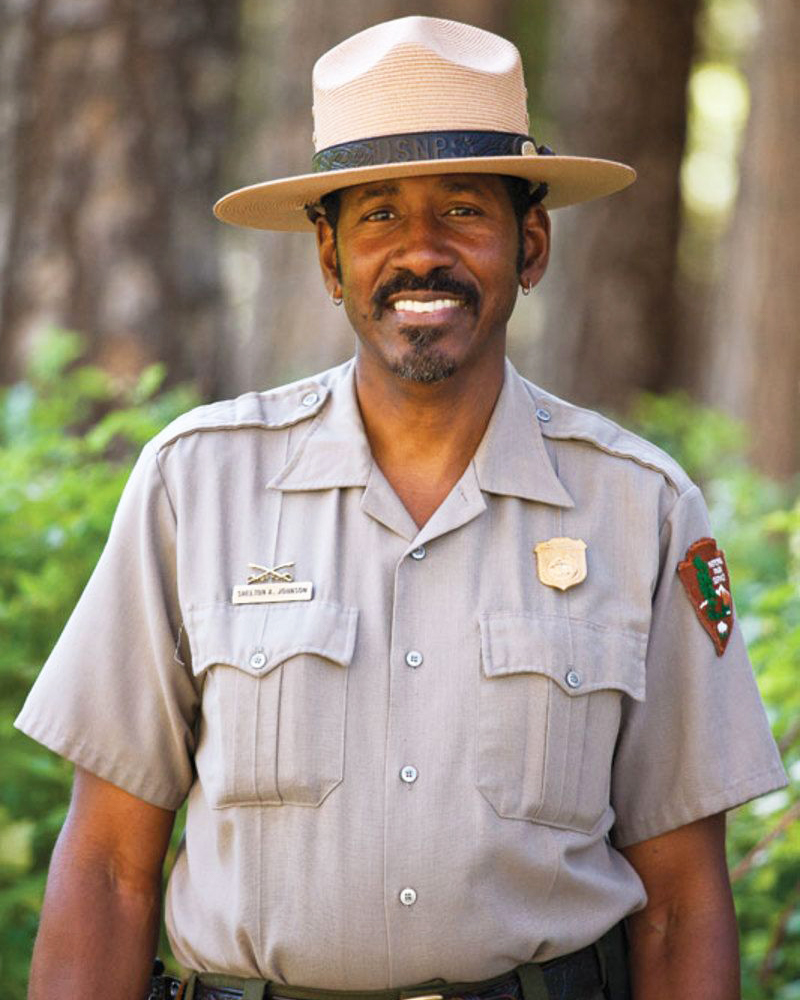
A key figure in the award-winning Ken Burns miniseries “The National Parks: America’s Best Idea,” Shelton Johnson has been a Park Ranger with U.S. National Park Service for over 30 years, serving in Yosemite National Park since 1993. Born in Detroit, he fell in love with nature while living in Germany and visiting the Bavarian Alps on a family trip. Johnson is also known for his research on the Buffalo Soldiers, the African American regiments of the U.S. Army who served as some of the first national park rangers in US history. An advocate for bringing African Americans to National Parks, he stated in an article for the San Francisco Chronicle that “You don’t have to go back to Africa to reconnect with nature, to understand its value and to know that it is an essential part of our shared history. It is right here.”
As Black History Month comes to an end, we are proud to acknowledge the great contributions of these six outstanding Americans.
